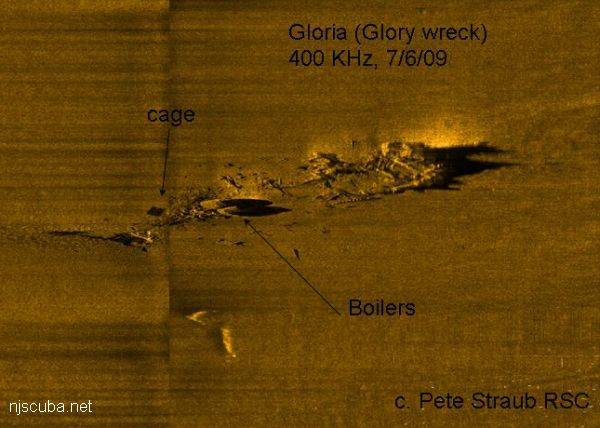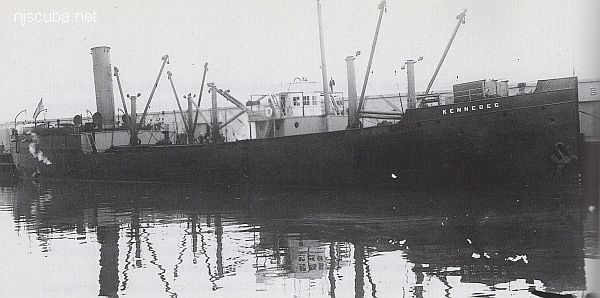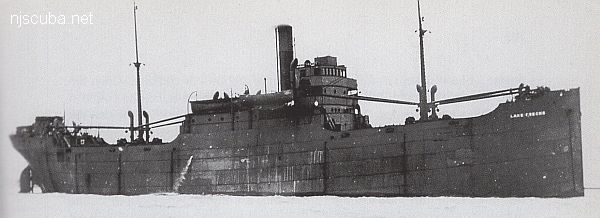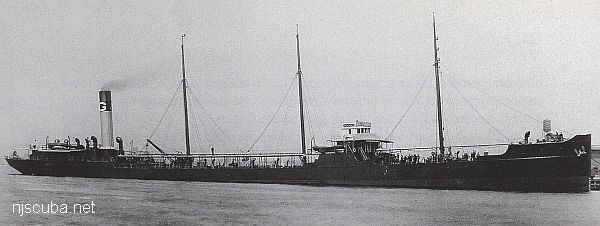- Type:
- shipwreck
- Depth:
- 80 ft
a small steel wreck, greatly decomposed
Possibly the remains of the Oklahoma.
More: Boiler Wreck ...
According to Gary Gentile in his book Shipwrecks of New Jersey - South, the following three vessels and four known wrecks may be related as suggested here. Or it could be something else entirely.
More: Mixed-up Wrecks ...
a small steel wreck, greatly decomposed
Possibly the remains of the Oklahoma.
More: Boiler Wreck ...

The "Glory Wreck" is a twisted mass of hull plates and steel spread over a wide area on a sandy bottom. Artifacts are occasionally found: portholes and brass. She is usually a good lobster wreck.
More: Glory ...

More: Kennebec ...

More: Lake Frampton ...

More: Oklahoma ...
A large steel wreck, partially intact.
Possibly the remains of the Kennebec.
More: Southern Lillian ...